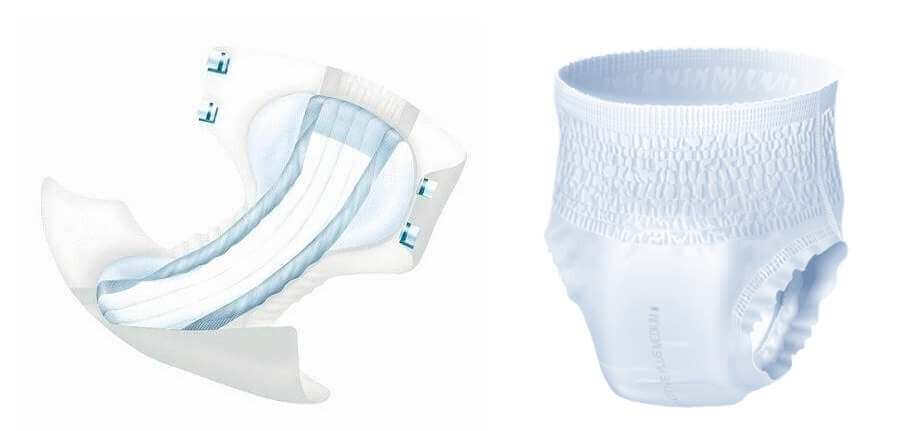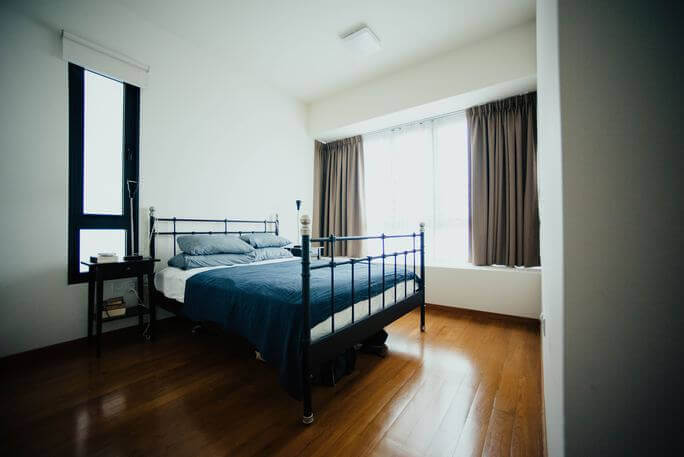Urinary Incontinence
by Marcela Jensen, Ph.D.
Urinary incontinence is defined as the inability to control urination. It is not a disease, but a condition with severe economical and psychological impact. Urinary incontinence may occur at any age and in any sex. According to the National Association for Continence, More than 25 million Americans suffer from incontinence or other bladder-control problems, but only one fourth seek help (Nearly 50 percent of nursing-home residents are incontinent). Incontinence is defined. There are several types of incontinence:
• Stress incontinence: is the most common kind and is characterized by small leakage of urine that results from the increase of intraabdominal pressure caused by lifting, sneezing, or laughing.
• Urge incontinence: occurs when people with chronic health conditions, such as dementia, stroke, Alzheimer's and Parkinson's disease are unable to hold urine long enough after urges to reach the toilet, or as a result of decreased bladder muscle control.
• Overflow incontinence: occurs when the bladder is filled beyond capacity and leaks small amounts of urine because the weakened muscles surrounding the bladder are unable to hold urine.
• Total incontinence: refers to complete loss of bladder control.
• Post surgical incontinence: can result after hysterectomies, prostatectomies, or other procedures.
• Enuresis: refers to nighttime bed-wetting in adults and children.
Incontinence is widely treatable, even curable through exercise, changing of diets, medication, certain devices and surgery. Treatment depends on the type and condition of incontinence. Stress incontinence may be treated with specific exercises (called Kegel exercises), medication, or surgery. The goal of Kegel exercises is to strengthen the muscles that control the start and stop of the urination. Urge incontinence may be treated with behavioral modification therapy or with certain medications. Behavioral methods include education and retraining the bladder by urinating according to the schedule that gradually increases the time between bathroom trips. Overflow incontinence due to an enlarged prostate often responds to medications which relax certain muscles allowing the bladder to empty more completely. Prostate surgery should be considered if the benign enlargement is blamed for incontinence.
Sometimes incontinence is treated by inserting a flexible tube, catheter, in the urethra which collects urine in a container. In men, an alternative to the indwelling catheter is an external collecting device-catheter which is fitted over the male genitalia, like a condom, and connected via a tube to a drainage bag held onto the body by leg straps, or much better, by the Netti One-leg pant.
There are many other methods and devices to treat incontinence aside from those discussed above. No one should suffer silently with urinary incontinence; your physician should be able to direct you to an effective treatment for your problem.
Treatment is not always successful or can be lengthy, but in the meantime, absorbent pads inserted into reusable Netti pants can help you to stay dry as well as our adult diapers, plastic pants, and adult cloth diapers.
The information contained above is intended for general reference purposes only and does not substitute for professional medical advice.
Wearing adult diapers can be a real let-down, especially when it comes to taking them on and off in a hurry. If you're fed up with tabs and fasteners, adult pull ups are the answer - easy on, easy off, and with the look and feel of real underwear. These products come in men's designs and also those ideal for women's bodies. They also work great when combined with a booster pad for even better coverage!
Published: 05-Feb-2009
Marcela Jensen, Ph.D. is the late owner/president of LL Medico USA, Inc. She had a Ph.D. in Physical Chemistry from Commenius University, Slovak Republic. She also had a Masters in Pathology and Cell Biology from Thomas Jefferson University. Marcela had numerous publications on the subjects of Teratology and Developmental Immunology.
Photo credit: sketchymedicine.com







 855-422-4556
855-422-4556 Chat
Chat E-Mail
E-Mail Monday - Friday 9:00AM to 5:00PM EST
Monday - Friday 9:00AM to 5:00PM EST





 Shopping With LL Medico
Shopping With LL Medico
 855-422-4556
855-422-4556